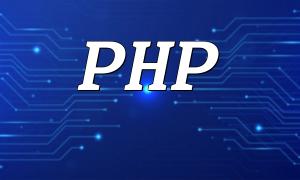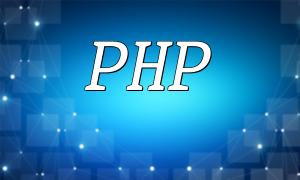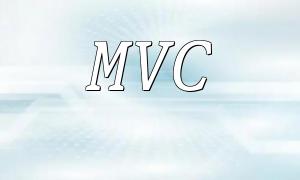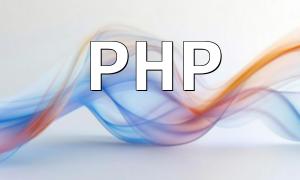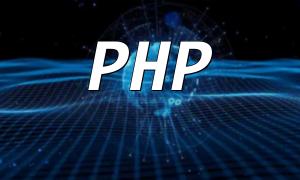PHP MVC architecture is widely used in web development as it separates business logic, data handling, and user interface, making the code easier to maintain and extend. Adopting MVC architecture in modern web applications can improve development efficiency and increase code maintainability and reusability.
MVC (Model-View-Controller) is a classic design pattern that enhances code organization and manageability by separating different functional modules.
The PHP MVC architecture inherits the traditional MVC model, while introducing PHP-specific features. The basic components of PHP MVC include:
Here’s an example of a simple PHP MVC application:
```php
// controller.php
class Controller {
public function index() {
$model = new Model();
$data = $model->getData();
$view = new View();
$view->render("index", $data);
}
}
``````php
// model.php
class Model {
public function getData() {
return [
"name" => "John Doe",
"email" => "john.doe@example.com"
];
}
}
``````php
// view.php
class View {
public function render($view, $data) {
extract($data);
include "views/$view.php";
}
}
```Using the PHP MVC architecture for web development offers several key benefits:
PHP MVC architecture provides a strong foundation for building modern, scalable web applications. By separating concerns, MVC not only improves code maintainability and extensibility but also makes the development process more efficient. Mastering MVC architecture and applying it to your PHP projects will allow you to create more stable and easier-to-manage web applications.
